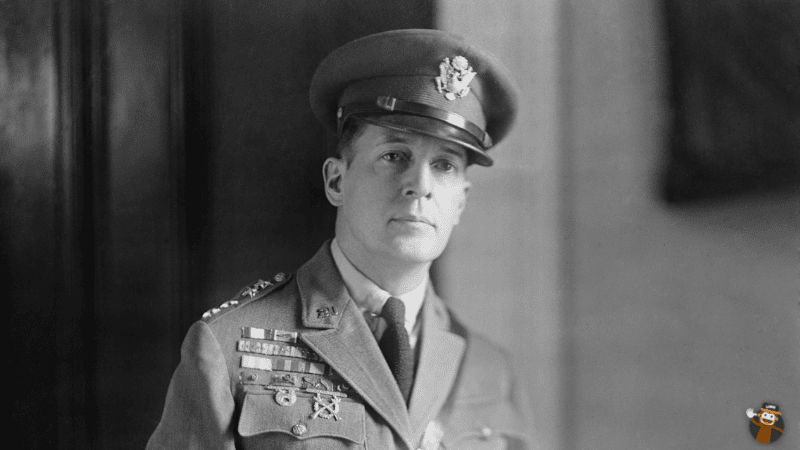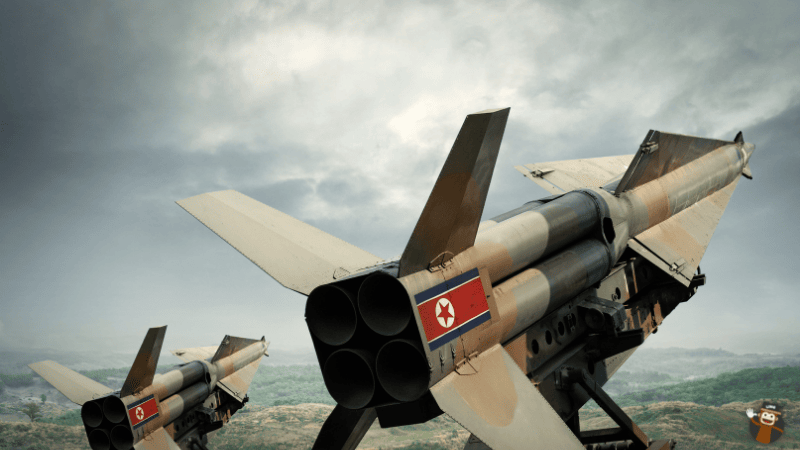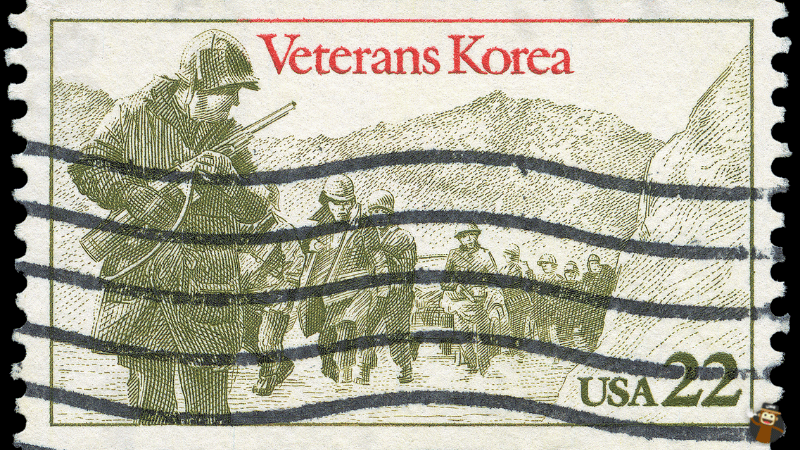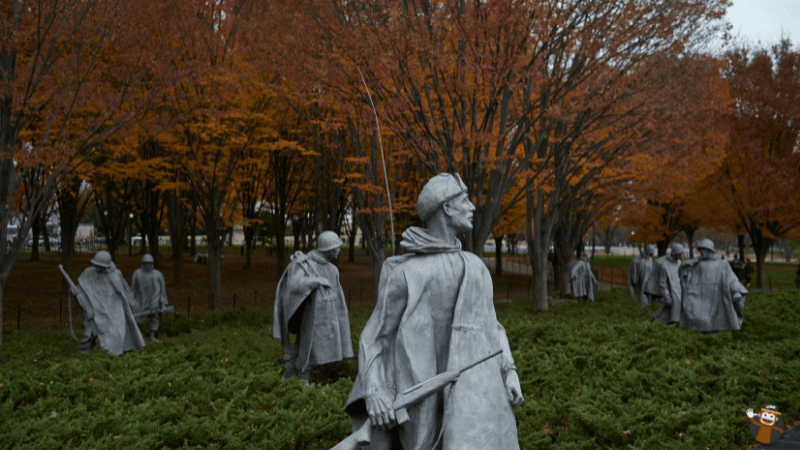Due to the three-year Korean War, the South and North Korean peninsula disputes remain today. If you are an avid K-Drama fanatic, you probably have heard of the Netflix series Crash Landing On You, a massive hit in the world. What made it huge was a unique concept that made many people curious about Korean culture and the Korean language. Through this K-drama, you can have a glimpse of the differences between North and South Korea. But, in reality, the situation between the two countries is far from being a fairytale love story.
The Korean Peninsula is located in the Eastern part of Asia along the East Sea. From the 7th century until 1945, the Korean peninsula was one country, but now, it is divided into two regions – The northern region (North Korea) and the southern region (South Korea). But, what made this united country for so long suddenly split into regions? Worse, how did this split escalate to one of the biggest wars in world history – the Korean War 한국 전쟁 (hanguk jeonjaeng)?
The Korean War: How It All Began?
One of the most significant parts of Korean history is the Korean War. But, even before it started, there were already almost 10,000 troops from North Korean forces, and South Korean forces were killed.
June 25, 1950
When the Soviets withdrew their forces in 1948 and the US in 1949, the two leaders of the two Korean countries tried to reunify the two nations according to their favor, but that did not happen. Then, on June 25, 1950, the first major offensive was made by Korean People’s Army, and the Korean war began. When 75,000 North Korean forces crossed the 38th parallel, the border between the Soviet-backed Democratic People’s Republic of Korea to the North and the pro-Western Republic of Korea to the south, this North Korean invasion was the first military engagement of the Cold War.
For Americans, it’s more than just a border dispute between two nations; instead, a threat of the spreading of communism against democracy in the entire world. So, they believed that it was better for them to interfere. The US was eager to do whatever it took to contain communism. Like President, Truman said, “If we let Korea down, the Soviets will keep going and swallowing other countries.”
President Harry S. Truman referred to the conflict as a “police action” in the United States because the US had never formally declared war on its adversaries. The operation was carried out under the auspices of the United Nations. Because of the lack of public attention it received during and after the war, it has been dubbed “The Forgotten War” or “The Unknown War” in the English-speaking world.
The Domino Effect Theory
The Domino Effect Theory States that if a country has fallen under the hands of communism, it will continue to happen to different countries.
The North Korean Forces

The Korean War went very badly for the democratic forces at first. The North Koreans were backed with the Soviet forces’ equipment. The North Korean military was also provided extensive training from Soviet military advisers, and many of their operations were planned by Soviet generals who fought against the Japanese and Manchuria. The North Korean forces are well-equipped, well-disciplined, and have high morale.
South Korean Forces

South Korean forces are extremely different from the North Korean forces. They have suffered from poor morale and do not have much training. So some of the South Korean soldiers were fleeing from the battle.
The US forces who were supposed to support and supplement the South Korean troops suffered from a lack of supplies and logistics. They are badly affected by extreme heat and were forced to refill their drinking bottles with rice paddies fertilized by human waste. In short, they are not in good shape and had diseases and illnesses that decreased their strength.
The Risky Plan Of American Troops
Feeling pressured and desperate, the US decided an amphibious landing would be launched behind North Korean forces. If they succeed, the North Korean forces will be cut off from their supplies and forced to fight on two fronts simultaneously, which will greatly affect their military force.
The Soviet Union warned Kim Il-Sung, leader of North Korea, that American landings were possible in Incheon, but he did not believe it. He said it’s very dangerous to land on that site, and South Korea will never attempt to put itself in danger. But he could not have been more wrong.
Together with South Korean troops, American troops landed at Incheon 100 miles away from North Korea. This attack surprised the North Koreans. The tank battalions of Americans from the east threatened the North Korean forces, causing them to retreat rapidly to the South Korean capital city – Seoul. Only 30,000 North Korean soldiers made it back to North Korea after a brutal war that leveled most of Seoul and forced the North’s forces to flee.

The Soviet Union leader, Stalin, was beyond outraged at North Korea’s loss and condemned his military commanders for such poor performance. North Korea was held responsible for all the mistakes that have been made, which led to their loss.
Truman’s Warning Not To Provoke China
After the victorious battle against the North, President Truman warned South Korea not to provoke China as they took advances to North Korea. He feared that China would enter the war, prompting the Soviets to start attacks in different parts of Europe. This will again raise the possibility of World War III between communism and democracy. Mao Zedong, the leader of China, warned the UN forces that if the Chinese security is put in danger, nothing will stop them from intervening.
President Harry S. Truman committed US air, ground, and naval forces to the combined United Nations forces, helping the Republic of Korea in its defense, concerned that the Soviet Union and Communist China may have encouraged the invasion.
The Case Of General Douglas Macarthur
Gen. Douglas Macarthur is an American commander of the UN forces. He disregarded the possibility of China declaring a full-out war against the US because he believed that Chinese soldiers lacked military hardware. Gen. Macarthur did not listen to President Truman’s advice on preventing war against China; instead, he proved it and will, later on, get what he wished for.

Weeks later, the Chinese soldiers started to enter North Korea. The United Nations Forces encountered many Chinese military units, but they thought those were just volunteer soldiers. Gen. Macarthur ignored the increasing number of Chinese soldiers, not knowing that Stalin and Mao Zedong had begun their communications. Stalin recommended that Mao Zedong continue sending military infantry division in China, but he also said that the Soviets would not fight.
Diplomatic Discussions Of Mao Zedong And Stalin
The diplomatic discussions of Stalin and Mao Zedong had a somehow great result for China. The Soviet Union agreed to let China have some material support like air force but only in Chinese territory and no combat troops. Although China only had a little benefit from this support because none of the fights were held in China, the Soviets still went into missions against the UN forces. The Soviets had to be careful not to go beyond the Chinese territory.
The Role Of China In The Korean War
China had 200,000 troops which the UN aerial survey did not even detect. The Chines troops could pull this off by marching only at night and resting while they were in camouflage during the day. The soldiers were put into strict discipline. Any Security violators were ordered to be shot.
With the aim to surprise the UN and South Korean forces, Chinese forces routed a South Korean army. They also circled the entire US’ 8th Cavalry Regiment and attacked the North, Northwest, and West. The attack caused UN forces to retreat. Strangely, the Chinese forces suddenly pushed back to their attacks and were lost in the mountains. But, UN forces continued to push to Northern Korea, believing that China was not fully committed to the war.

Battle Of Chosin Reservoir
The Battle of Chosin Was one of the series of Chinese ambushes during the Korean war in which 120,000 Chinese troops surrounded 30,000 UN troops. It was ordered by the Chinese troops to destroy the UN forces but, after seventeen days, the UN forces managed to survive, and the encircled forces managed to enter the Chinese lines. With the military assistance of the American Marine Corps and the US Army’s Task Force, they have managed to retreat. The casualties of this battle killed 1,000 UN soldiers and 20 000 Chinese soldiers.
Armistice (July 27th, 1953)
The Battle of Chosin Reservoir ended North Korea’s offensive operations in South Korea. Both President Truman and China were fully committed to avoiding World War III. Truman ordered the US troops to move back along the 38th parallel, where the fighting continued. After years of negotiations, an Armistice was signed on July 27th, 1953, marking the end of the Korean war and the start of the ceasefire that lasts to this day.
Korean War Veterans were recognized and commemorated. Today, there was still no satisfactory end to the Korean War. The tension and hostilities between the North and South are still high.

Effects Of The Korean War

- Both North And South Korea had been left devastated.
- The Korean peninsula split economically and politically.
- In North Korea, 80% of their industrial infrastructure and 50% of houses had been destroyed. China and the Soviet Union helped them to recover.
- South Korea was also bombed, but it had minor effects compared to North Korea. For the first decade of South Korea, they remained at an economic standstill, but the United States supported South Korea in 1960sleading it to be one of the fastest-growing economies.
- The war had separated countless families for decades. Thousands of people died before being reunited with their families. But, in 2010, the reunions stopped because of the tensions rising on the peninsula. Some of them are because of North Korea’s nuclear missile testing.
- In August 1953, the exchange of Prisoners of War (POWs) began. The POWs can choose if they want to stay or go. But, it is estimated that there are 500 South Korean POWs were had not been freed by North Korea and continued to be detained as of 2013.
- The Demilitarized Zone (DMZ) was created to become the buffer zone between North Korea and South Korea. It is a four-kilometer-wide zone that runs from the Yellow Sea in the West and the Japan Sea in the East. Selected soldiers with specified weapons can be seen patrolling the DMZ. No military actions were allowed in this buffer. But, since 1958, there have been cross-border incidents reported.
- The DMZ is one of the most heavily militarized zones in the world. Both sides are prepared for potential aggression. The US and Soviet Union can engage in proxy wars as an indirect method of confrontation aiming to avoid World War III or nuclear war.
- The Korean war also leads to other proxy wars like the Vietnam War, Soviet-Afghan War, and more.
- The effects of these conflicts had influenced the world. The US and United Nations were quick to respond to avoid the escalating threat of communism. The North Atlantic Treaty Organization (NATO) was created. It’s a military alliance made up of 28 European countries and two North American countries. The organization was founded in the aftermath of World War II to carry out the North Atlantic Treaty, which was signed on April 4, 1949. It also aims to stop the spread of communist government in the world.
- Today, there are 2 million active troops in Korea that are ready to fight for their nations. Even in South Korea, males are required to fulfill military service. South Korea is now known for its K-pop, K-drama, and cosmetic industry, while North Korea remained its border close for foreign influences. They don’t even have internet in North Korea.

For 60 years, North and South Korea has been technically still at war. Efforts on maintaining peace as not to escalate war are made. The reunification of the two Korean countries will not happen anytime soon. Today, many Koreans want the two nations to reunite again; if it’s impossible, at least maintaining peace between them is the best way to protect the people living there.
Final Words
Now that you know more about Korean history, we hope that the knowledge on this can help you become more interested in learning their national language. If you want to learn more about Korean, then be sure to check out the Ling App by Simya Solutions. The Ling App is a fantastic platform that allows users to unlock new lessons for over 60+ foreign languages. Not only does it come with premium content but it also has tons of interactive features that will surely make learning fun for you! Learn more about this app here.

















